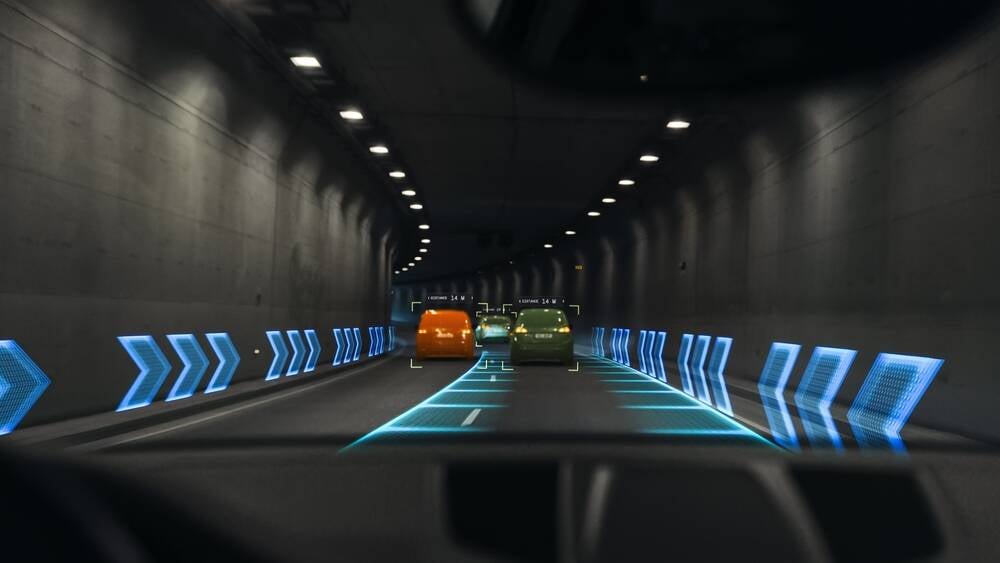Like nuclear fusion and jet-packs, the self-driving car is a long-promised technology that has stalled for years – yet armed with research, boffins think they have created potential improvements.
Citizens of Phoenix, San Francisco, and Los Angeles are able to take one of Waymo’s self-driving taxis, first introduced to the public in December 2020. But they have not been without their glitches. Just last month in San Francisco, for example, one of the taxi service’s autonomous vehicles drove down the wrong side of the street to pass a unicycle. In December last year, a Waymo vehicle hit a backwards-facing pickup truck, resulting in a report with the US National Highway Traffic Safety Administration (NHTSA) and a software update.
But this week, not one but two groups of researchers bidding to improve the performance of self-driving cars and other autonomous vehicles have published papers in the international science journal Nature.
A design for a new chip geared towards autonomous vehicles has arrived from China. Tsinghua University’s Luping Shi and colleagues have taken inspiration from the human visual system by both combining low-accuracy, fast event-based detection with more accurate, but slower visualization of an image.
The researchers were able to show the chip — dubbed Tianmouc — could process pixel arrays quickly and robustly in an automotive driving perception system.
In a paper published today, the authors said: “We demonstrate the integration of a Tianmouc chip into an autonomous driving system, showcasing its abilities to enable accurate, fast and robust perception, even in challenging corner cases on open roads. The primitive-based complementary sensing paradigm helps in overcoming fundamental limitations in developing vision systems for diverse open-world applications.”
In a separate paper, Davide Scaramuzza, University of Zurich robotics and perception professor, and his colleagues adopt a similar hybrid approach but apply it to camera technologies.
Cameras for self-driving vehicles navigate a trade-off between bandwidth and latency. While high-res color cameras have good resolution, they require high bandwidth to detect rapid changes. Conversely, reducing the bandwidth increases latency, affecting the timely processing of data for potentially life-saving decision making.
To get out of this bind, the Swiss-based researchers developed a hybrid camera combining event processing with high-bandwidth image processing. Events cameras only record intensity changes, and report them as sparse measurements, meaning the system does not suffer from the bandwidth/latency trade-off.
The event camera is used to detect changes in the blind time between image frames using events. Event data converted into a graph, which changes over time and connects nearby points, is computed locally. The resulting hybrid object detector reduces the detection time in dangerous high-speed situations, according to an explanatory video.
In their paper, the authors say: “Our method exploits the high temporal resolution and sparsity of events and the rich but low temporal resolution information in standard images to generate efficient, high-rate object detections, reducing perceptual and computational latency.”
They argue their use of a 20 frames per second RGB camera plus an event camera can achieve the same latency as a 5,000-fps camera with the bandwidth of a 45-fps camera without compromising accuracy.
“Our approach paves the way for efficient and robust perception in edge-case scenarios by uncovering the potential of event cameras,” the authors write.
With a hybrid approach to both cameras and data processing in the offing, more widespread adoption of self-driving vehicles may be just around the corner. ®

